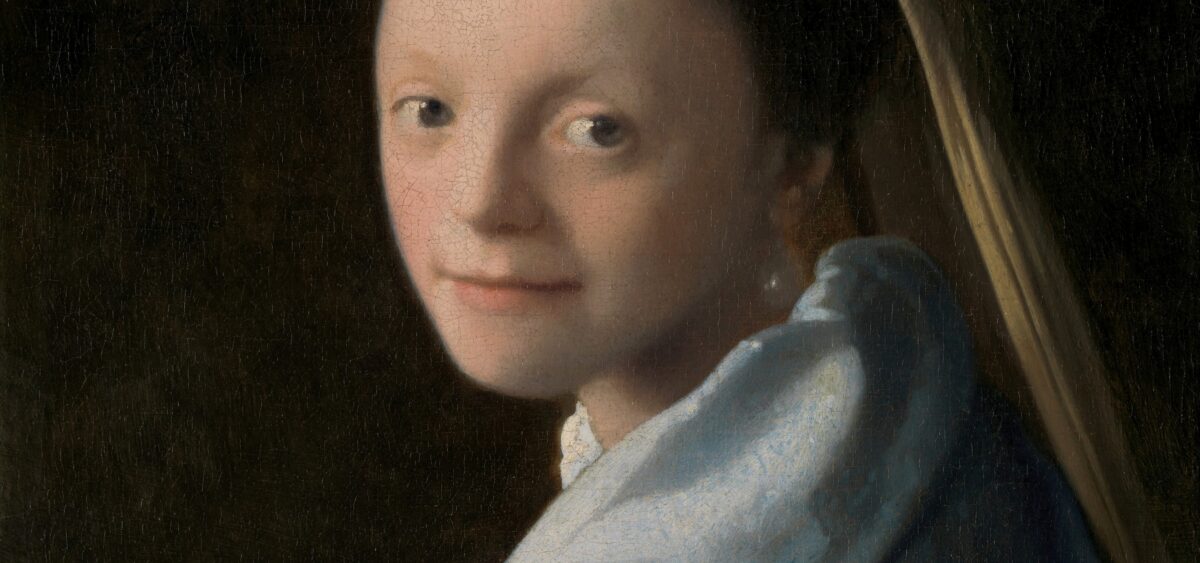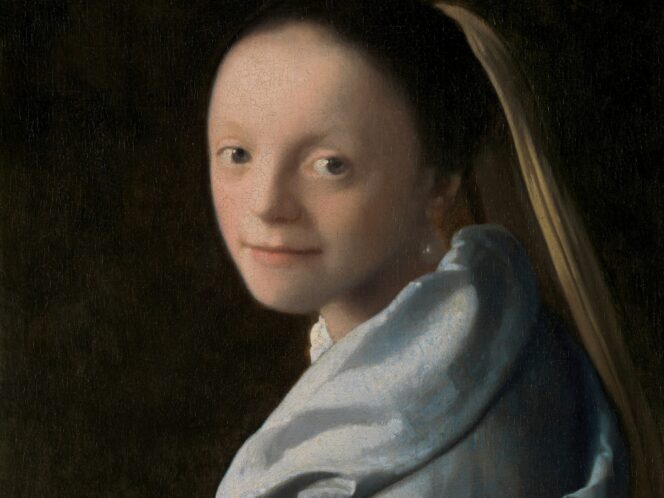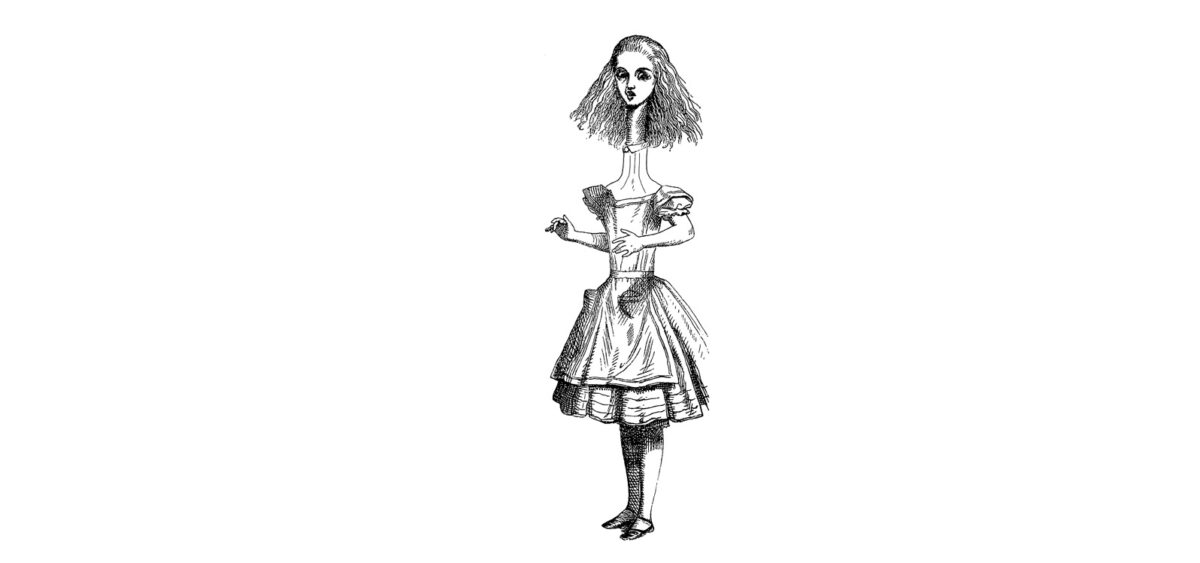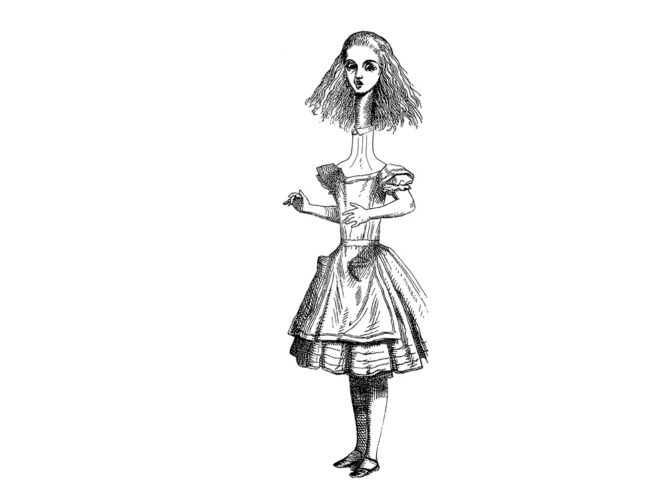
For the intention to act to form in our brains, a sense of freedom, will and need must first emerge. It is good if we can recognize each of these. As a psychologist, I often wonder what the reasons are behind human behaviour. What processes take place before we act in a certain way? One of the more enigmatic elements of the decision-making process is intention – a seed in our mind, the starting point of all other things. But where does this intention come from? Is there anything that enables or impedes it? What is its use?
In order to understand what an intention is, it is worth examining in chronological order how a decision is formed. Here, our inner sense of freedom is always the starting point. Without it, no decision-making process can take place – whether conscious or not. Second comes will, which is the feeling of knowing that we want something, but we don’t know yet what that might be. Will – contrary to common vernacular – is neither good nor bad. It is the








